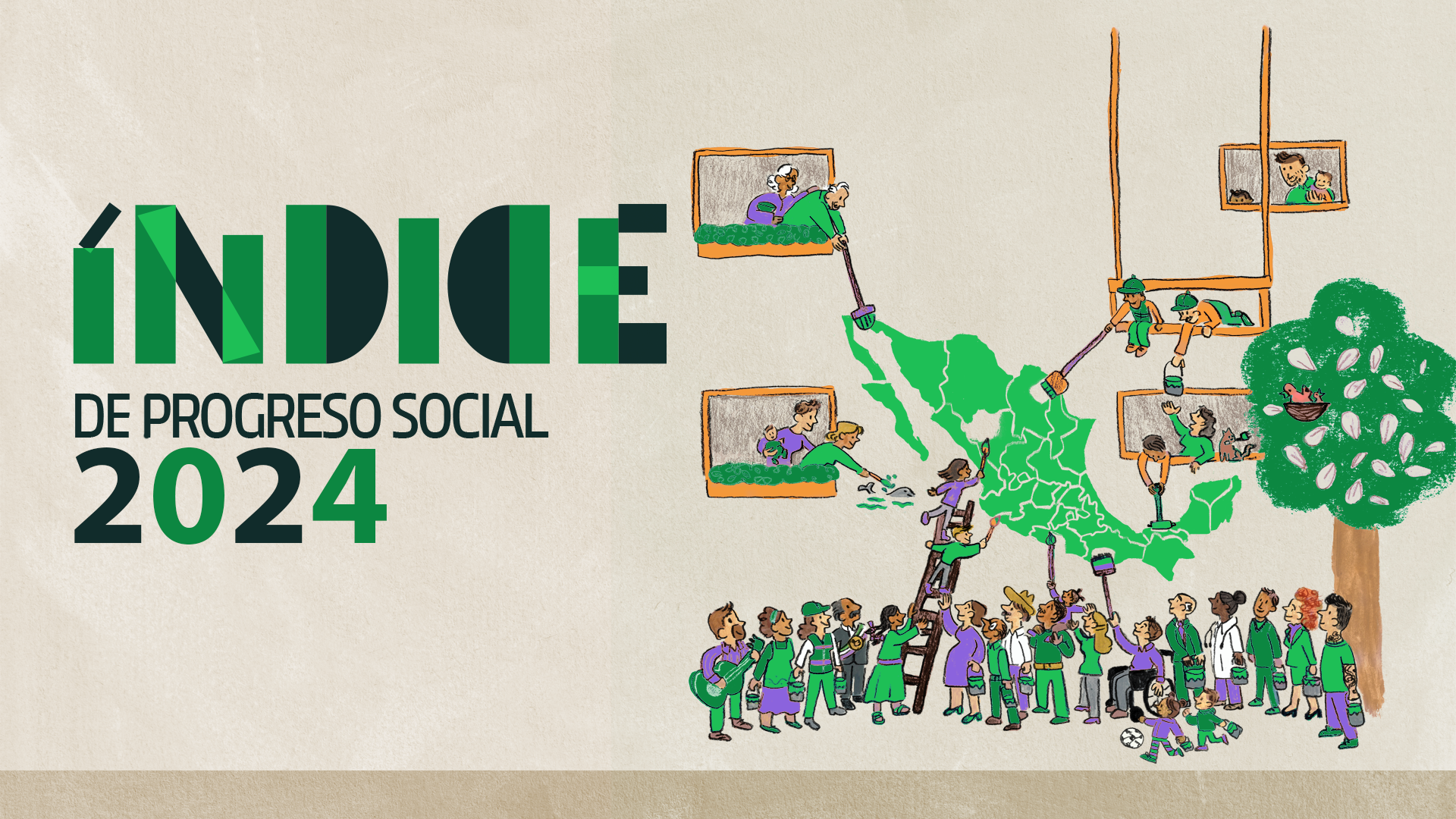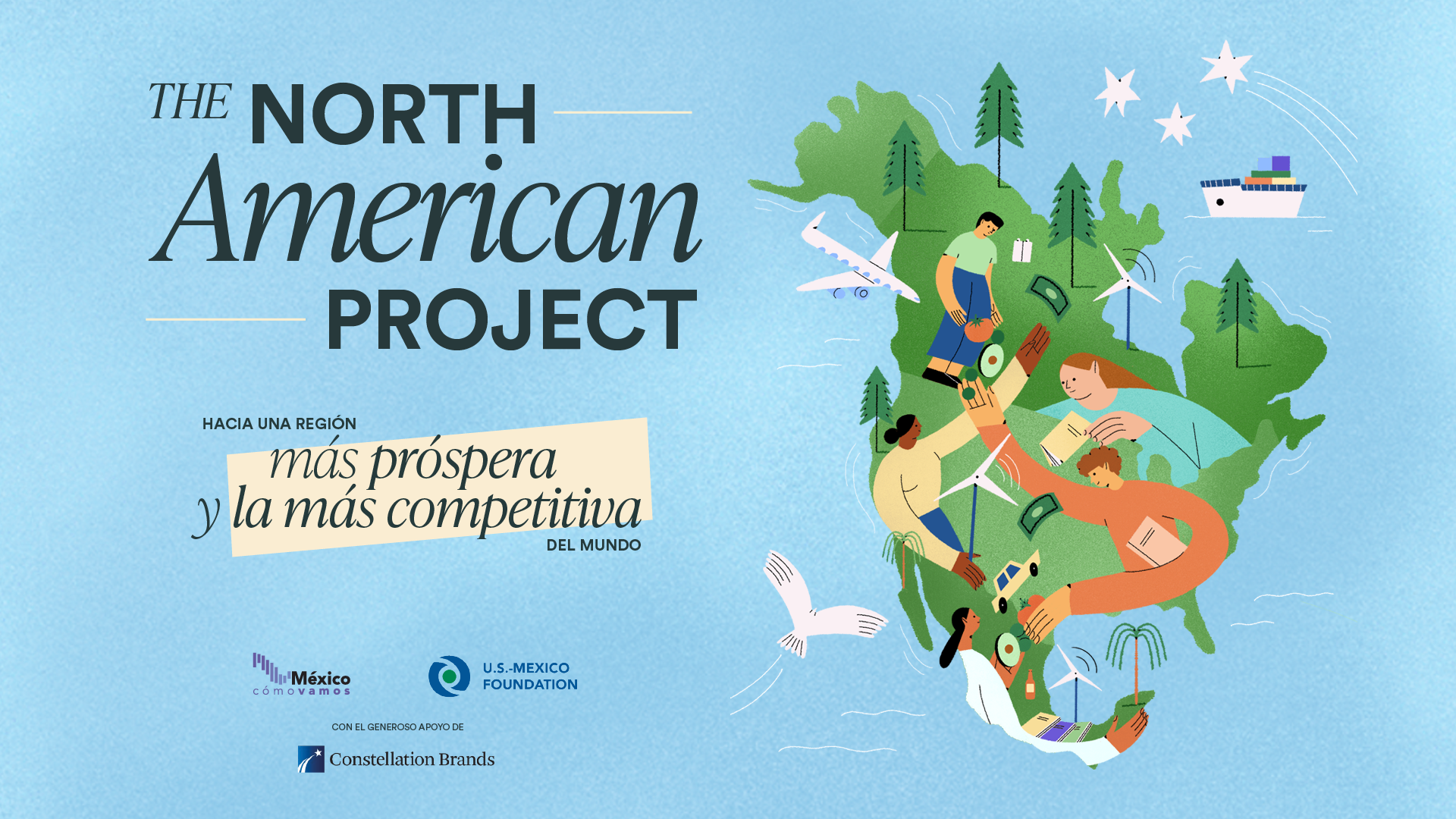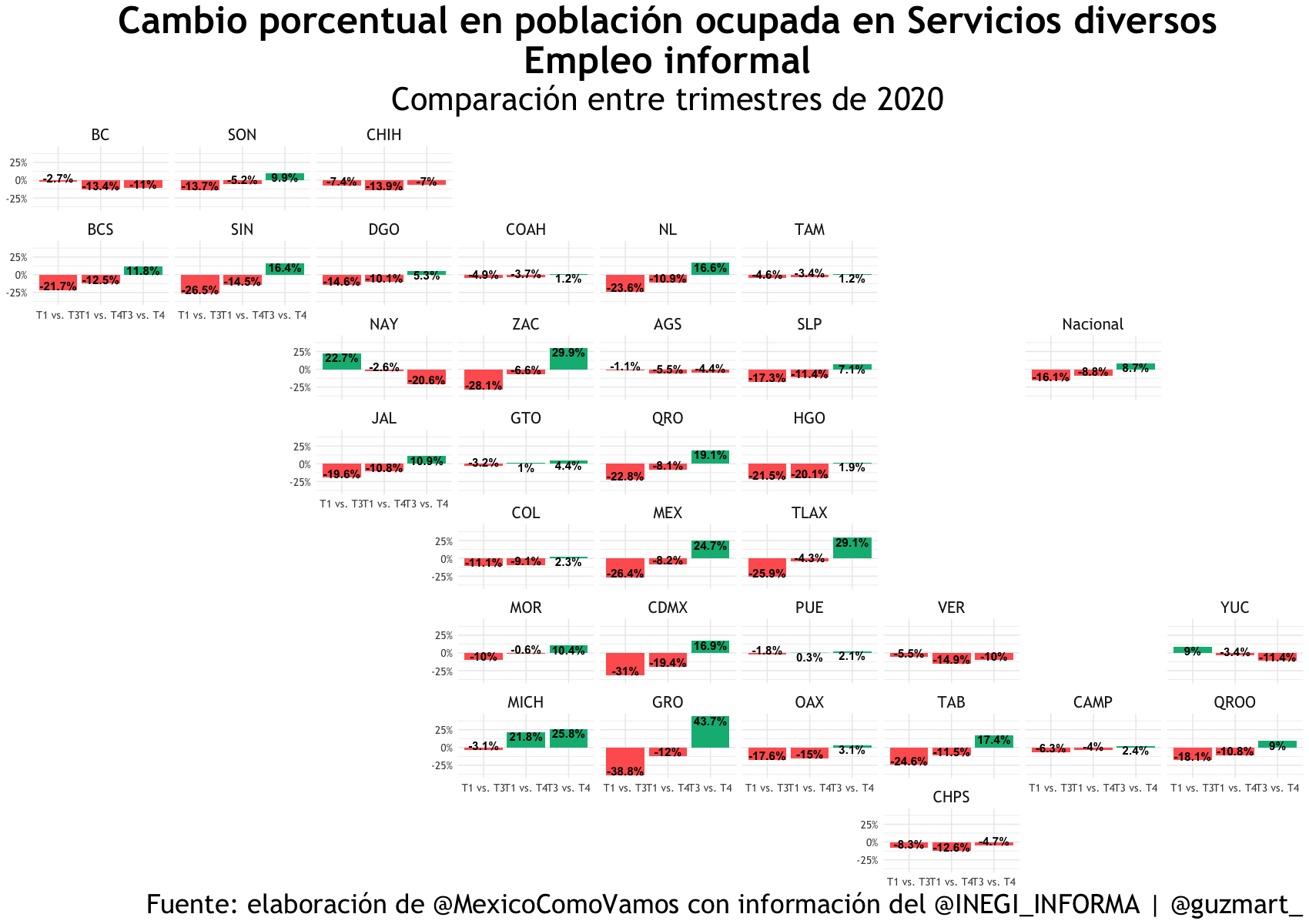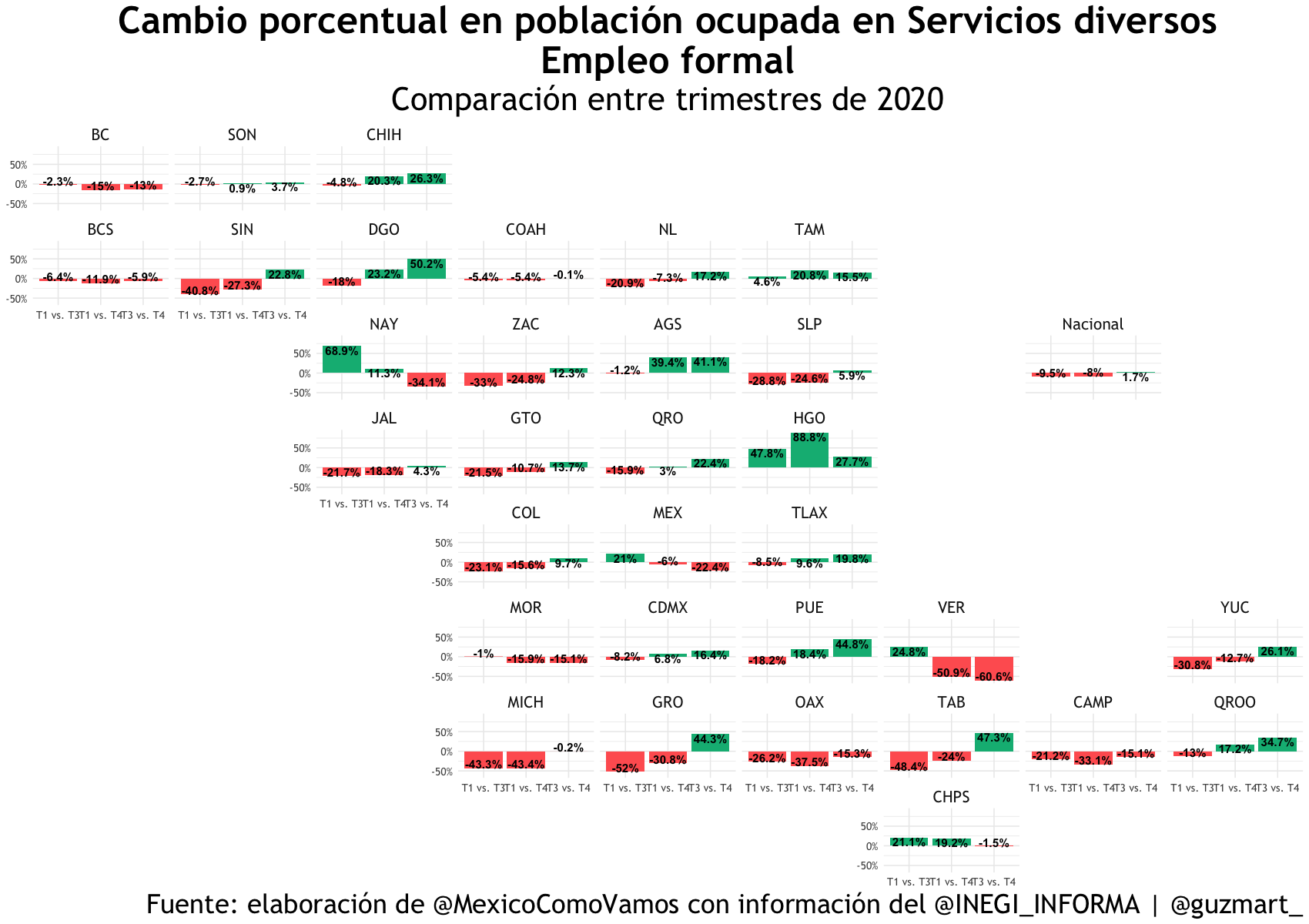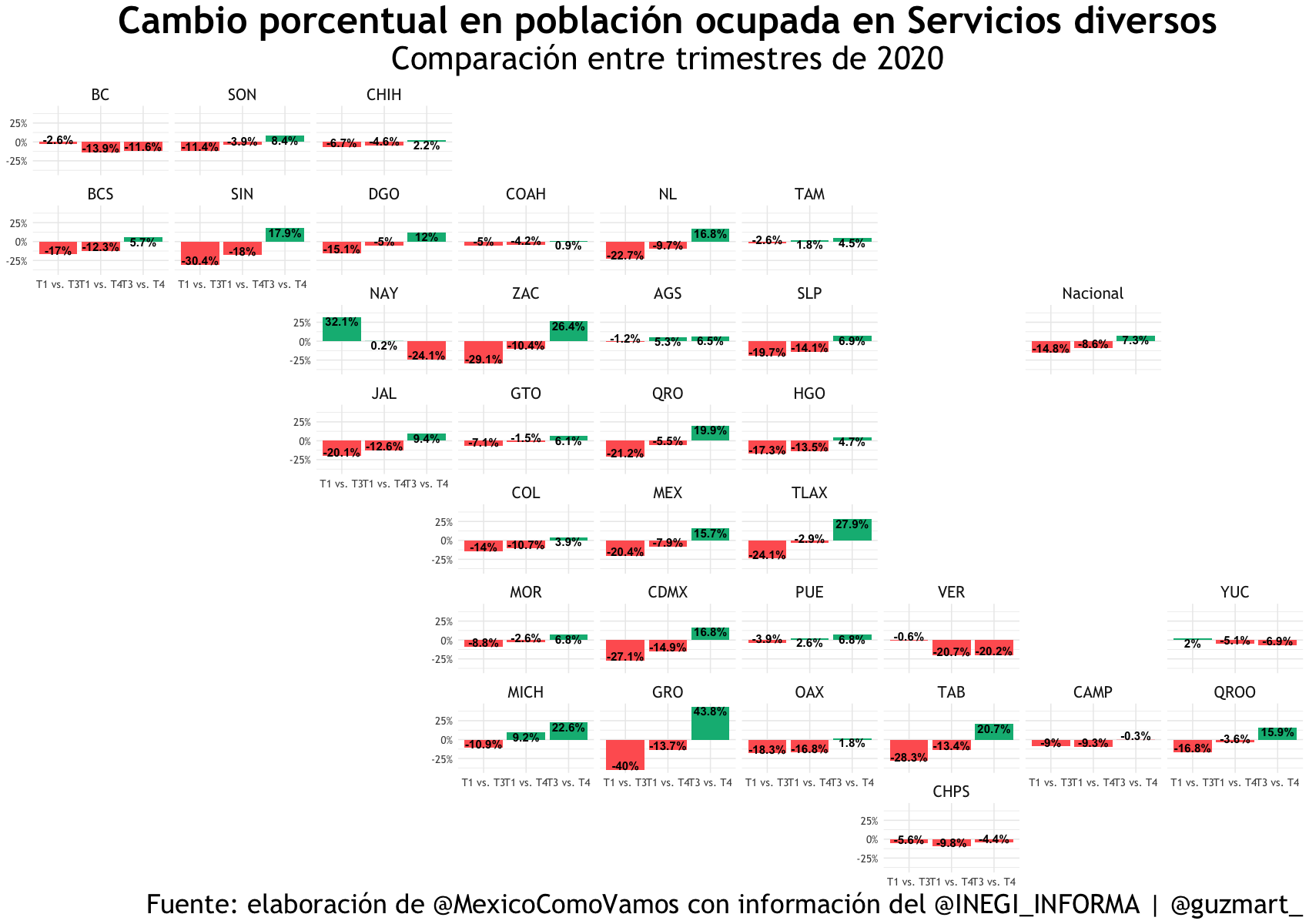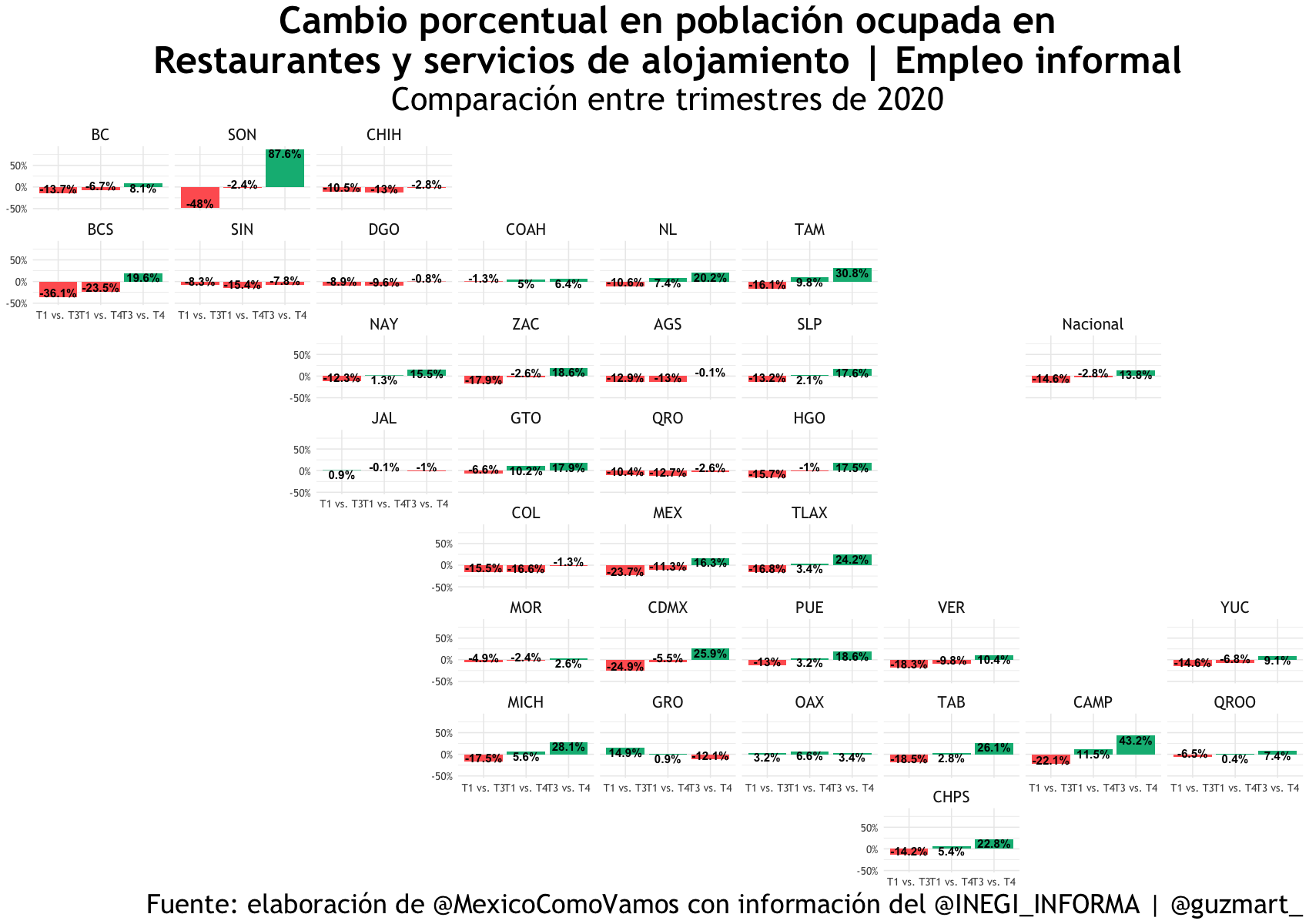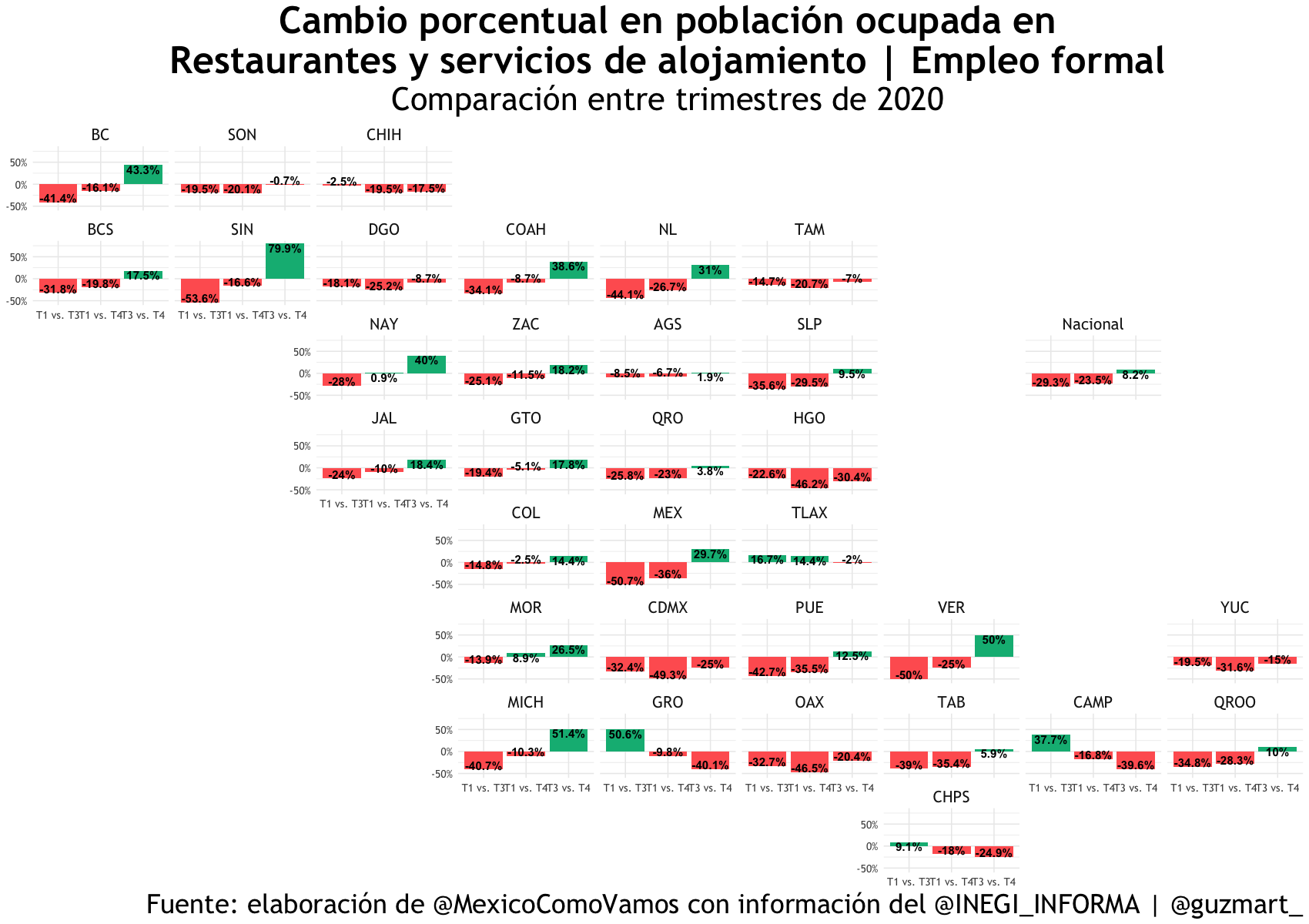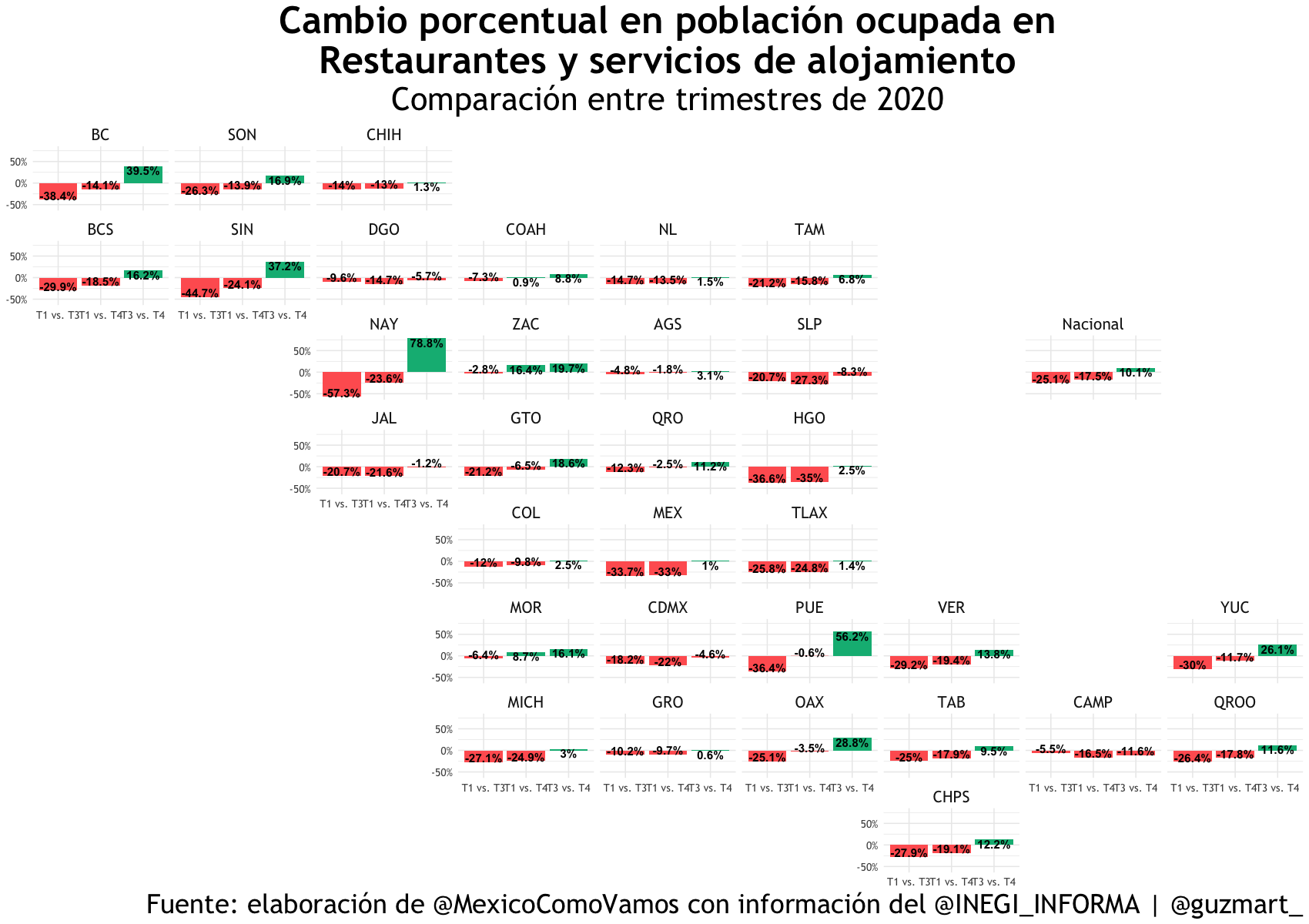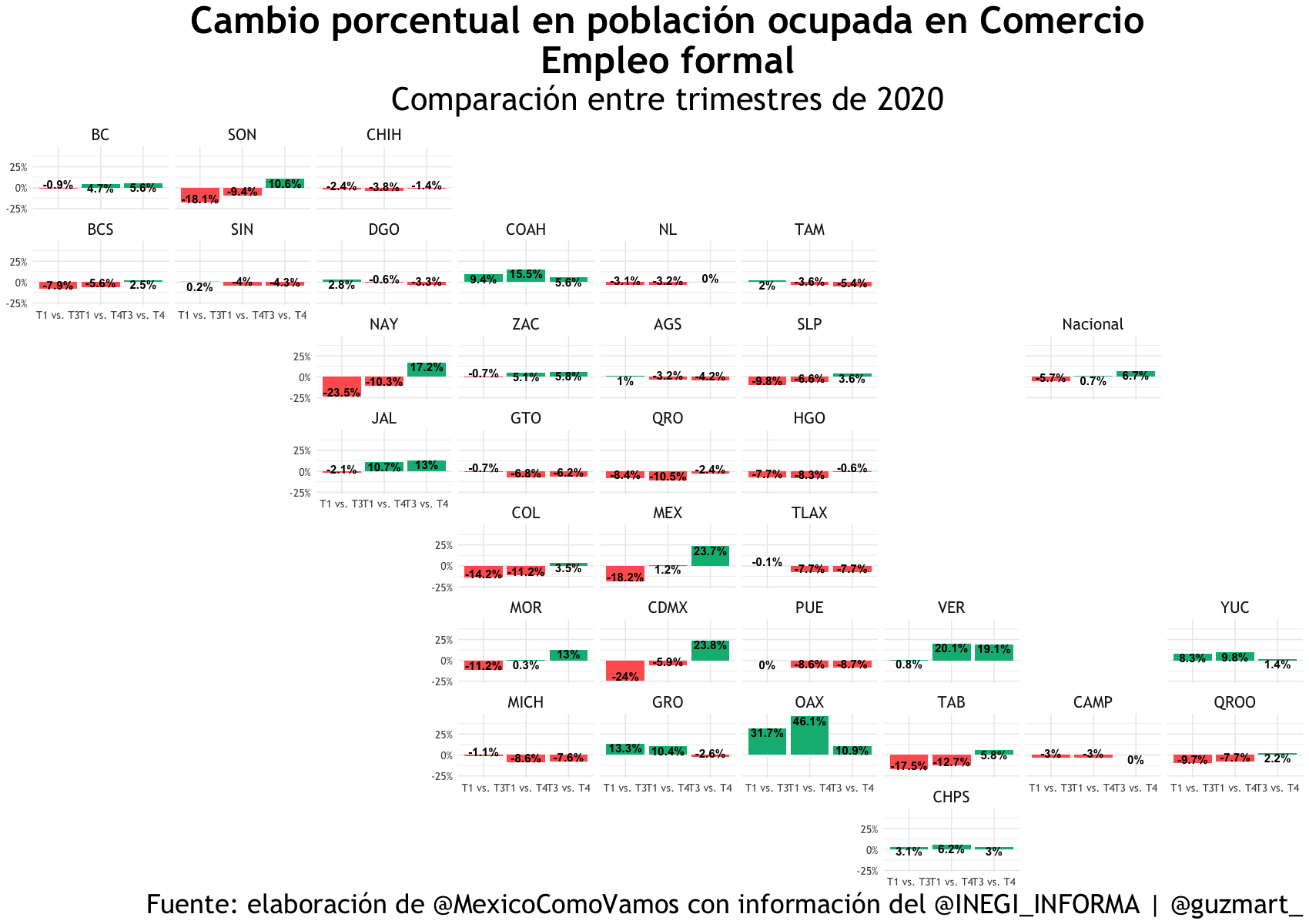Mapping Shared Prosperity
Mexico-United States Social Progress Index

Data: SPI Mexico 2023| SPI US 2022
México, ¿cómo vamos?, in collaboration with the Social Progress Imperative and INCAE, presents Mapping Shared Prosperity; a representation of the interconnected social progress of states in the United States and Mexico. Based on the data from the Social Progress Index for 2022, this map offers a subnational perspective on quality of life beyond economic indicators.
What it is?
The Social Progress Index (SPI) is a measurement of social performance in a country’s entities that is independent of factors that measure income or expenditure. The index is calculated from a range of social and environmental indicators that capture three dimensions of social progress: Basic Human Needs, Fundamentals of Wellbeing, and Opportunities. The index ranges from 0 to 100, where 100 represents the highest possible level of social progress, while 0 represents the lowest possible level.
Although this measure is independent of monetizable indicators such as income, public expenditure, or economic activity, the SPI does not seek to replace them, but rather to complement them. Its main purpose is to assess those questions that really matter in people’s lives: Do I have a home that provides me with protection? Do I have enough to eat? Do I have access to education?
How we do it?
The SPI is a comprehensive model for measuring human development that does not include Gross Domestic Product (GDP), but complements it. In its design, the SPI is governed by four basic principles: it only considers social and environmental indicators; indicators of outcomes rather than efforts; indicators relevant to the context; and indicators that can be the target of public policies or social interventions.
The Social Progress Index model synthesizes a vast amount of research, emphasizing the importance of going ‘beyond GDP’ and identifying the social and environmental elements within societies’ performance.
Our Findings
88.3
is the score of the entity with the highest social progress in the United States: New Hampshire. The entity with the lowest score is Mississippi with 74 points.
78.1
is the score of the entity with the highest social progress in Mexico: Mexico City. The entity with the lowest score is Guerrero with 56.9 points.
14.3
points is the distance between the entity with the highest and lowest social progress in the United States.
.
21.2
points is the distance between the entity with the highest and lowest social progress in Mexico
31.4
points is the distance between the entity with the highest social progress in the United States, New Hampshire, and Guerrero, the entity with the lowest social progress in Mexico.
16
entities show signs of convergence in terms of social progress between Mexico and the United States (Group 3).
Mexico-United States SPI
* Eje Y: Average SPI Score
Group 1
|
|
|
Group 2
|
|
|
Group 3
|
|
|
Group 4
|
|
|
Group 5
|
|
|
Group 6
|
|
|
SPI Dimensions
SPI Components
SPI Components
SPI Components
Related microsites
If you want to know more about IPS and North American integration visit these sites

México, ¿cómo vamos? trabajó en conjunto con la escuela de negocios INCAE y el Social Progress Imperative para aplicar la metodología en México, así como en el reescalamiento para la comparabilidad entres los estados de México y Estados Unidos.
